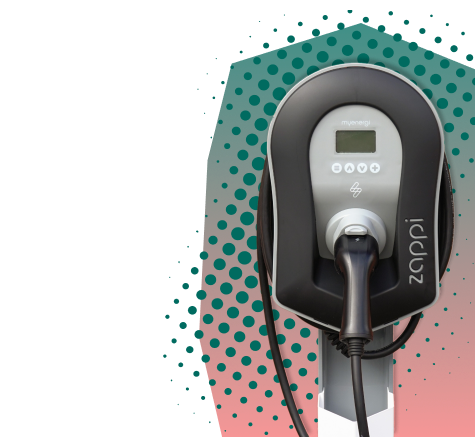4 Smart Building Trends Shaping How We Live In 2022
Smart buildings are at the cutting edge of innovation. With the global smart building market projected to reach $150.6 billion by 2030, the pace of technological modernization shows no sign of slowing.
Comprised of a sophisticated control system that uses sensors, actuators and microchips to control building operations, smart buildings use IoT technology to enhance occupants’ health, comfort, and efficiency. By marrying IoT data with existing building systems and other data sources, a smart building brings new levels of automation, command and control.
According to Jupiter Research, the number of smart buildings globally is expected to rise from 45 million in 2022 to 115 million in 2026. This equates to a 150% increase in demand for the technology across the business world. In light of this, we investigate what is driving this new focus and the key trends shaping how we live amidst a turbulent 2022.
Why Are Smart Buildings The Future?
From health and safety being a top priority to a global commitment to reduce energy usage, there are an array of drivers imposing technology on the buildings we call work and home.
Smart building technology promises to play a central role as the race to net zero continues. Virtually all countries have pledged to significantly cut carbon emissions in the coming years, with many incentives challenging businesses to reach this goal. For example, The Net Zero Carbon Buildings Commitment is an advocate for all buildings to operate as net-zero carbon by 2050.
Using IoT data as a feedback loop, greater efficiency can be achieved with decentralized, on-demand equipment control. Wireless sub-metering systems offer insights into electric, water and gas consumption to uncover abnormal usage trends and determine waste sources.
As many businesses adopt flexible, hybrid working policies, an agile workspace that can offer an ‘all-in-one’ streamlined solution has become critical. IoT occupancy and traffic flow data allows operational teams to effectively gauge how different areas of the office space are being used. This data can lead to informed decisions being made on space layouts and the configuration between open, cooperative space and individual focus zones, based on demand.

The Smart Building Trends To Watch Out For In 2022
-
Buildings that work for everyone
Smart building systems could begin to gather data on body temperature, perspiration and heart rate from individuals within a building, rather than from fixed sensors. This could be used to automatically adapt room temperature or humidity to suit the needs of each person.
By basing building conditions on the needs of its human occupants rather than on predetermined temperature settings, smart buildings of the future could help to improve employee health and well-being. The ripple effects on mental health and productivity will be a testament to this.
-
The localization of smart grid services
With more buildings being powered by solar arrays and using batteries to store excess power for use overnight, locally generated power can be used to charge electric vehicles, while excess energy can be sold back to the grid. Very soon, smart energy-management platforms could be used to decide when battery storage should be used to power the building and when it is more cost-effective to use grid electricity.
-
Smart devices
Advances in GPS technology are already helping to improve ‘wayfinding’. New devices such as smart glasses or smart contact lenses have the potential to display wayfinding information, details of forthcoming meetings and reminders to users. Smart glasses could also be used to simplify security clearance and grant access to buildings by transmitting information about the wearer to building security systems.
-
Smart materials
Smart buildings contributing to a sustainable tomorrow begins at the construction phase. Emission levels can be greatly reduced by finding climate-friendly materials, increased energy efficiency through renovation and buildings designed with increased flexibility, rebuilding and material recycling in mind.
Several technologies are already being developed to create smarter materials that play a role in how energy efficient and sustainable buildings will be in their lifetime. An example is Helsinki’s Wood City, a sustainable urban hub made from fire-resistant wood that is reusable, cost-effective and low carbon.
All the advances in smart building technology focus on optimizing workplaces, improving working environments for individuals, creating greater efficiencies and enabling people to adapt to changing ways of life and work. Buildings in the future will continue to leverage smart technology to maximize their lifespans and mitigate the effects of climate change.
If you are looking to make your mark in the smart building tech space and need help in doing so, get in touch with our team who can match you with the right talent to scale and grow.













